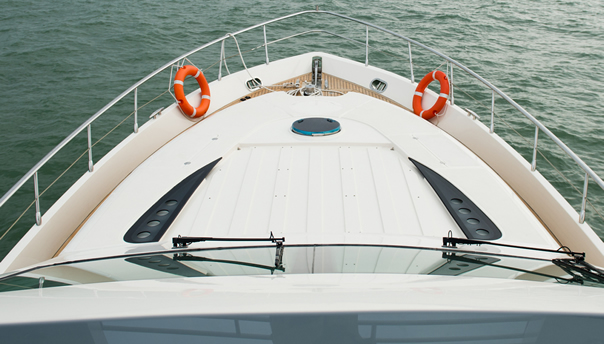Vacuum Infusion Process

Vacuum Infusion Process (VIP) produces high quality, consistent parts for demanding applications.
Like other closed mold processes, VIP uses a rigid “A” side base mold, but unlike other processes, it uses a thin bagging film being as the “B” side or counter mold. Specialty reinforcements are laid into the base mold, followed by release film or peel ply, flow media, nd resin and vacuum lines. Bagging film sealed onto the base mold. A vacuum is pulled through ports in the bagging film and catalyzed resin is pulled into the mold cavity using only vacuum.
This process is highly controllable because it’s governed by the principles of D’Arcy’s law, meaning there are three variables that affect the flow of the resin: permeability of the reinforcement construction, viscosity of the resin, and the pressure differential in the cavity in relation to atmospheric pressure.
If all three of these variables are unchanged, the infusion process will flow consistently with each injection for a given part. This also provides a very accurate bills of material for a given part since the resin and fiberglass usage is constant. The vacuum infusion process brings all of the environmental advantages of a closed mold process as styrene emissions are minimized due to the resin curing in a closed environment. It also produces an excellent glass-to-resin ratio with minimal-to-no voids in the finished laminate.
Composites One offers a variety of resources to help manufacturers transition to VIP. As a founding member of the Closed Mold Alliance, we can help source the equipment and raw materials needed along with hands-on training to put VIP to work in most operations.
To see more videos of Vacuum Infusion visit the Closed Molding Knowledge Center.

